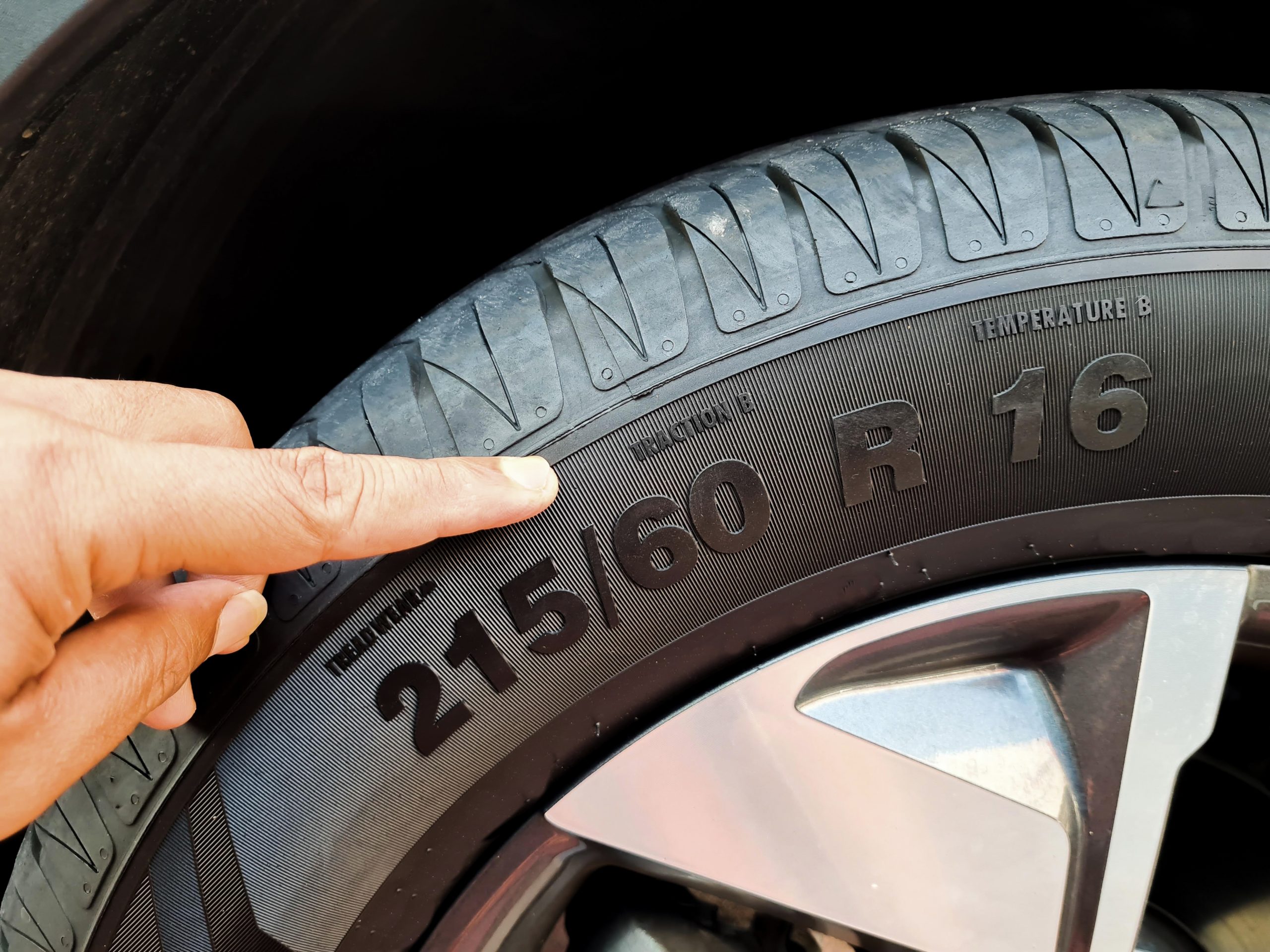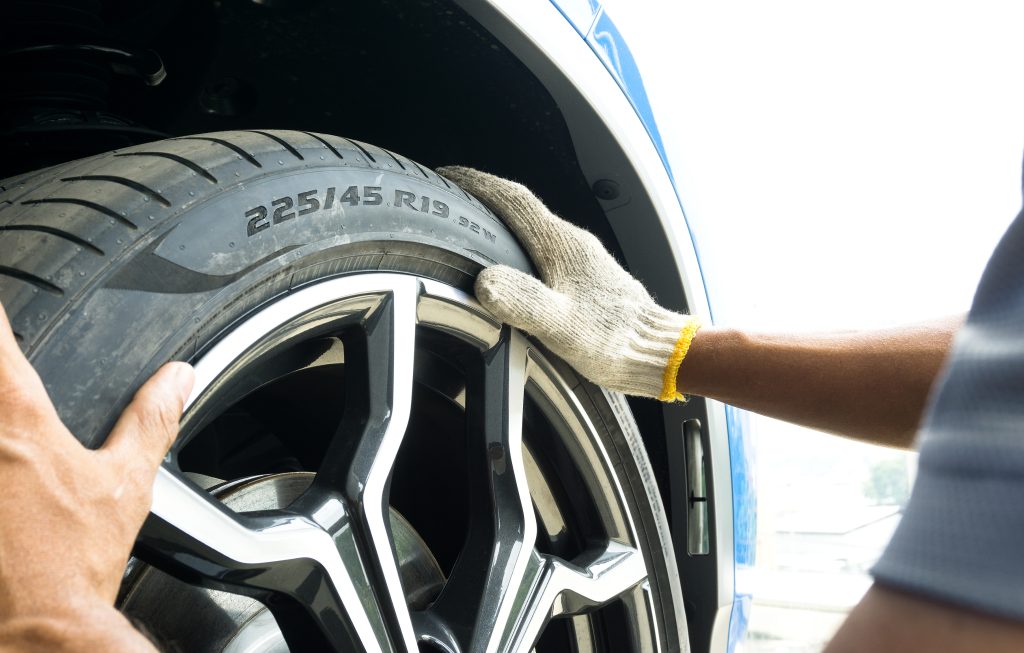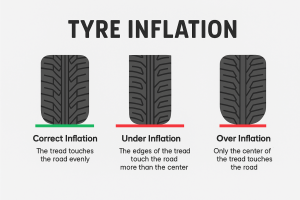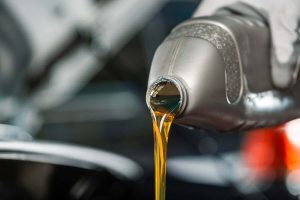The sequence of numbers and letters that we find on the sidewall of our tyres contains relevant information about their features, performance and maintenance.
This information also indicates that the tyre complies with the necessary safety standards, and is ready for its use on the road.
Although the number of codes, symbols and acronyms present on a tyre’s sidewall might be a bit overwhelming for some, they are easy to interpret if you know their
meaning.
On today’s post, we are going to unravel the meaning of all these figures, letters and symbols that might seem confusing at first glance.
If you still have doubts after this blog, you can always get in contact with your local Tayaria workshop who are always ready and willing to help.
1. Tyre Size and Aspect Ratio
If we look at the top of the tyre (assuming the wheel is in the right position and not upside down), we’ll see the first sequence of numbers and letters.
It usually begins with a letter, which indicates the type of vehicle the tyre is meant to be used in (P, for passenger car, L for light truck tyre, and so on…).
Next, we see three numbers, which indicate the measurement of the tyre from sidewall to sidewall in millimetres.
2. Construction and Diameter
The next two numbers that we see are separated by a bar and indicate the tyre’s aspect ratio, which is the percentage of the tyre’s height compared to its width.
This number is usually followed by a letter, which indicates the construction of the tyre (R for radial, B for belted, D for diagonal…) and the diameter of the wheel in inches.
3. Load Index and Speed Rating
Next to the diameter we find the load index. A tyre’s load index indicates its maximum loading capacity when it has the right inflation pressure.
In passenger tyres for instance, indexes range from 75 to 105.
The letter next to the load index indicates the speed rating. Speed ratings indicate the maximum speed of a tyre when it is correctly inflated and under load.
For instance, a tyre with a speed symbol “Q” is equivalent to a speed of 160 Km/h, and if the symbol is “H”, the recommended speed would be 210 km/h.
4. M+S Symbol (Severe Snow Conditions)
The letters M+S followed by the mountain or snowflake symbol indicate that the tyre meets the RMA (Rubber Manufacturers Association) standards for its use in severe snow conditions.
The M+S symbol can also indicate that it has all-season capability, compared to summer tyres.
5. DOT Marking
The acronym “DOT” indicates that the tyre complies with the safety standards established by the US Department of Transportation (DOT).
6. Serial Number
Next to the DOT marking, we find the serial number, which identifies how old a tyre is. It is a code with up to 12 numbers, which indicate the date, week and year of manufacture.
The different codes printed on the sidewall of a tyre provide useful information about the tyre, its manufacturer, and how it should be used.
That is why knowing that each code means is so important in order to ensure proper maintenance of the tyres, while achieving maximum efficiency on the road.
For further advice on tyres and safety, feel free to contact your nearest Tayaria dealer.






